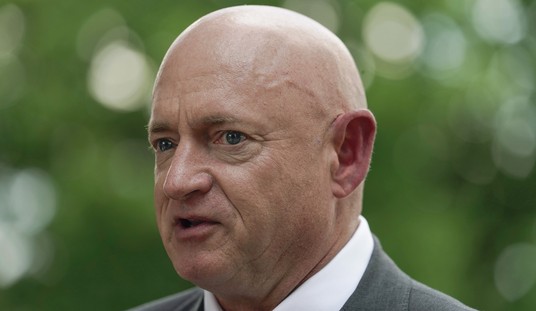ObamaCare is running largely unopposed, and yet it is losing in the polls. Imagine how few people would support ObamaCare versus a viable alternative — a bill that addresses Americans’ pressing health care concerns without raising their insurance premiums and taxes, without jeopardizing the health insurance of millions, and without inviting a government takeover of our health care system.
And imagine if that alternative proposal were able to fit on a single page.
Such a small bill proposal already exists and has emerged as a leading Republican alternative to the massive Democratic bills and their attempted health care overhaul. It is based on similar principles as the fine plans advanced by Sen. Tom Coburn, Sen. Jim DeMint, Rep. Paul Ryan, Rep. Tom Price, and others, but it is simpler, more targeted, and easier to understand.
The one-page proposal has been endorsed by the Weekly Standard, highlighted by the New York Times, and praised on the Fox Business Network. It is also gaining a great deal of traction on Capitol Hill.
The small bill proposal would meet the widely stated two-part goal of health care reform: It would cut health costs and reduce the number of uninsured. The Democrats’ 1,500-page, trillion-dollar behemoth bills would raise costs and — by providing ill-conceived incentives for people to jump on and off of insurance at any time — might well increase the number of uninsured.
Here are the highlights of the small bill proposal, which is visible at www.smallbill.org:
It would end the unfair tax on the uninsured (and self-insured), giving them a tax break similar to that which is already available to those with employer-provided insurance. It would provide refundable and advanceable tax credits of $2,000 per person and up to $5,000 per family, while leaving employer-provided insurance, its tax-exempt status, and the rest of the tax code entirely intact.
It would allow Americans to buy insurance across state lines, allowing them to shop for the best values from coast to coast.
It would expand Americans’ ability to keep their insurance when they leave their job by extending COBRA benefits by 12 months.
It would allow private entities to offer lower premiums for healthier lifestyles, which — amazingly — existing federal regulations severely limit.
It would cut costs by preventing runaway malpractice lawsuits and relieving doctors from having to practice defensive medicine, capping punitive damages at $250,000 per provider and $750,000 total while continuing to allow unlimited economic damages.
It would increase federal support for state-run high-risk pools, which already exist in 34 states. It would incentivize their establishment in all 50 states, providing needed help for those who are uninsured and have prohibitively expensive preexisting conditions.
So how would the small bill stack up versus the Democratic plans? The leading Democratic proposal — the one without the unpopular “public option” — is the one that passed the Senate Finance Committee (SFC).
According to Congressional Budget Office projections, the SFC bill would increase spending by $3.6 trillion over 20 years. The small bill would increase spending by $75 billion over 20 years — just two percent as much. The SFC bill would increase Americans’ taxes by $2.3 trillion over 20 years (again, according to the CBO). The small bill wouldn’t increase taxes by a cent, and it would cut taxes for the uninsured. The SFC bill would pilfer $2.3 trillion from the already financially shaky Medicare program over 20 years. The small bill wouldn’t rob from Medicare in the least.
And the small bill would leave the American health care system in private hands, instead of centralizing and consolidating power in Washington to an unprecedented degree.
A small bill, anyone?









Join the conversation as a VIP Member